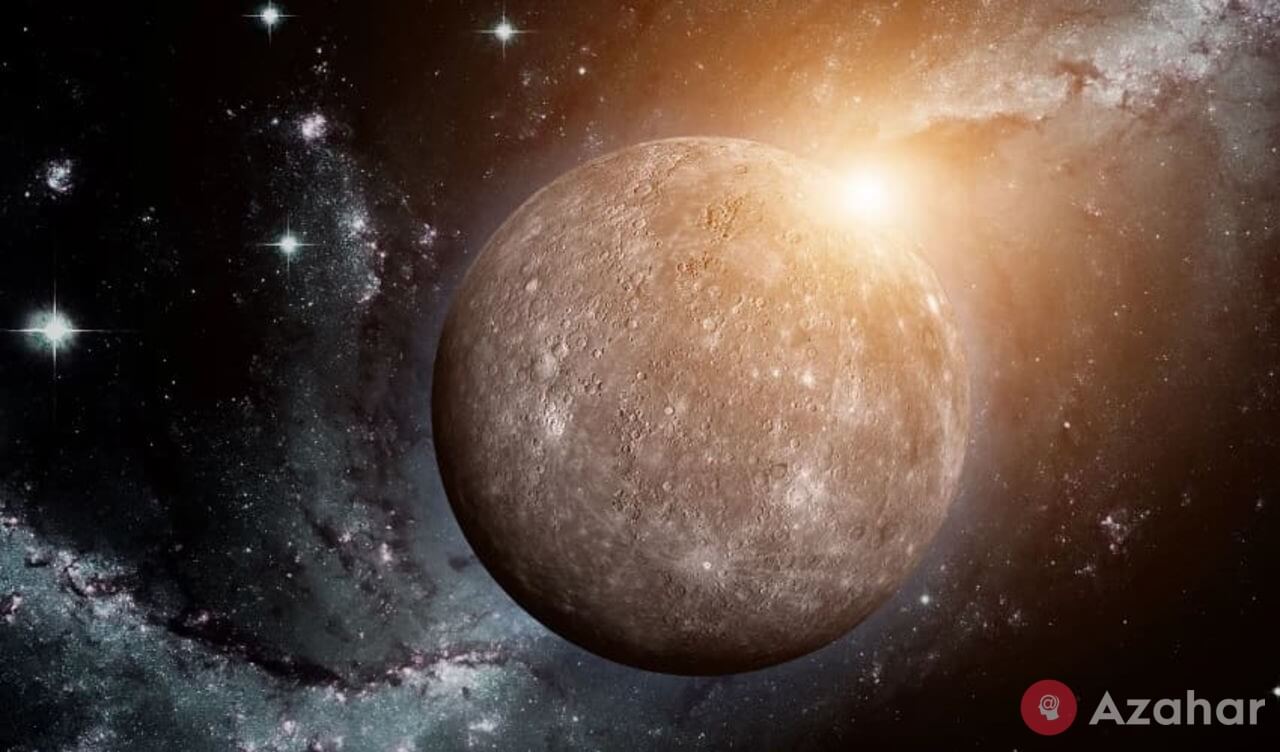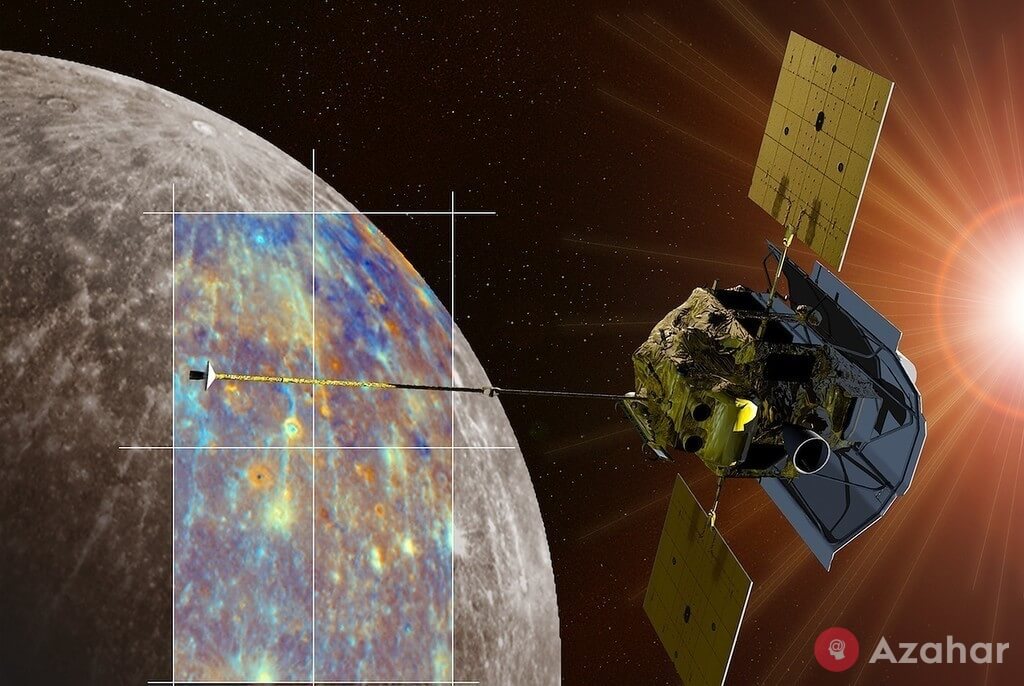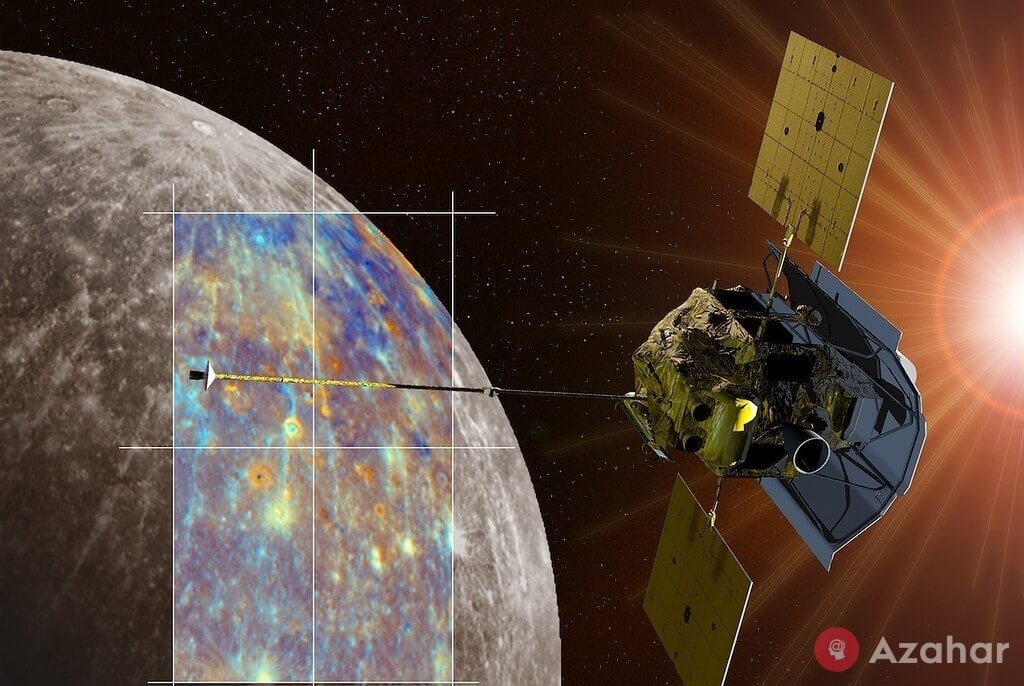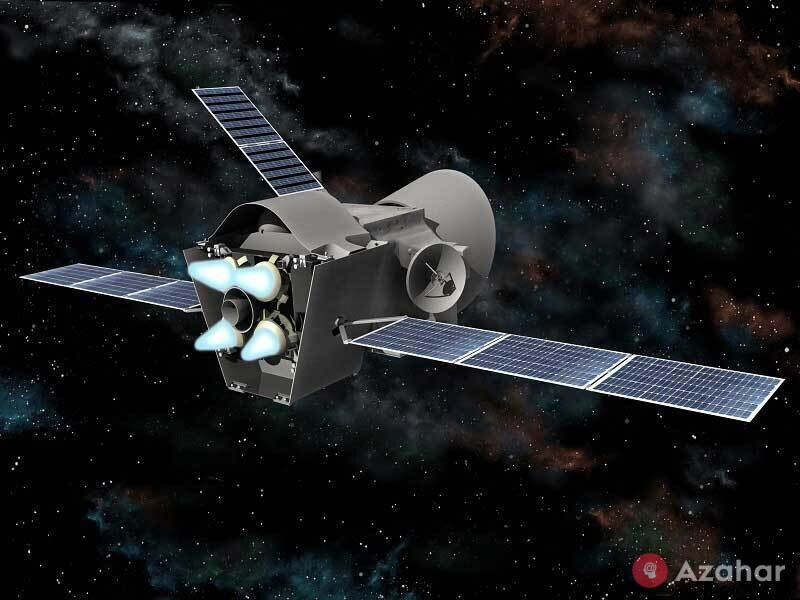Why vehicles are flying to mercury a few years, and to Mars for a few months

Despite the relative proximity to Earth, mercury is still one of the least studied planets in our Solar system. It turned out that to launch a research probe to the planet is much more difficult than Mars or even Saturn or Jupiter. What's the treachery of mercury, and why, despite the 60-year history of space exploration, we still know so little about the nearest to the Sun planet?
Why vehicles are flying to mercury a few years?

When 439,7 radius of 2 kilometers, mercury is the smallest planet in the Solar system and closest to our star, the average distance of 58 million kilometers. But its orbit is highly elongated, so the minimum distance to the Sun is only 46 million kilometers, and a maximum of 58 million kilometers.
This proximity to the Sun creates a number of problems for researchers. With the surface of the Earth to consider the details of the small planet, located so close to the great Sun, is nearly impossible. And even in the orbital telescope "Hubble" can't help astronomers wishing to unravel the mysteries of mercury: it is impossible to restore the planet, as sunlight can damage unique lenses. Therefore, those who wish to learn more about mercury, there is only one way - spacecraft launches toward the planet.

But it's not so simple, as, for example, Mars or Jupiter. The path of the orbit of mercury, takes many years, while Mars, which is located slightly beyond, can be reached in just 6-7 months. The reason partly lies in the proximity of the Sun, but rather in its gravitational effects. Any machine sent directly to mercury, gets a gravity funnel, resulting from the attraction forces of the great Sun. In this regard, the trajectory of the apparatus must be designed in such a way as to avoid falling into this funnel.
In addition, it is necessary to slow down the research unit, so that he was able to get the very elongated orbit of mercury. After approaching the planet, you need to spend a significant amount of fuel to get into the zone of attraction of mercury and to approach him. All of these maneuvers take a very long time, and it is, for this reason, the way of research vehicles before the mercury takes a few years, and the studies themselves are quite expensive.
If Mars and Venus — two other planets of the terrestrial group and our closest neighbors — has repeatedly sent aircraft, some of which have successfully landed and conducted a study of the surface, something about mercury say this is impossible. On this planet have never "landed" none of the apparatus from the Ground, and even closer to the mysterious planet managed only twice.

The first was the American "Mariner 10" which is close to mercury at the distance of 320 kilometers. Apparatus three times flew close to mercury and made thousands of images of its surface. It was back in 1974-1975s of the last century. The second attempt to close out mercury was taken 30 years later in 2004. The device is called Messenger, launched by NASA in August 2004, reached the planet only in January 2008 and made the first flyby, and orbit he managed to come only in 2011.
Landing on mercury in the plans of the mission was not included, as the "Messenger" must be the time to become an artificial satellite of the planet. This probe has been in orbit until 2015, after this time, data on the composition of the atmosphere, the topography, the planet's magnetic field and other parameters. But this is not enough.

At the end of October 2018, the European Space Agency decided to join the study the first planet from the Sun and directed it to probe "Bepi Colombo" (BepiColombo). It consists of two machines, constructed by Japanese and European experts. On his way to the machine will make a 9 gravitational maneuvers, and only in December 2025, it will take its position on the orbit of mercury. "Bepi Colombo" also has no plans of landing on the planet and will study it at a distance. To establish the presence or absence of the ionosphere, to determine a more accurate composition of the surface and atmosphere — here is the list of tasks that need to be addressed probe.




